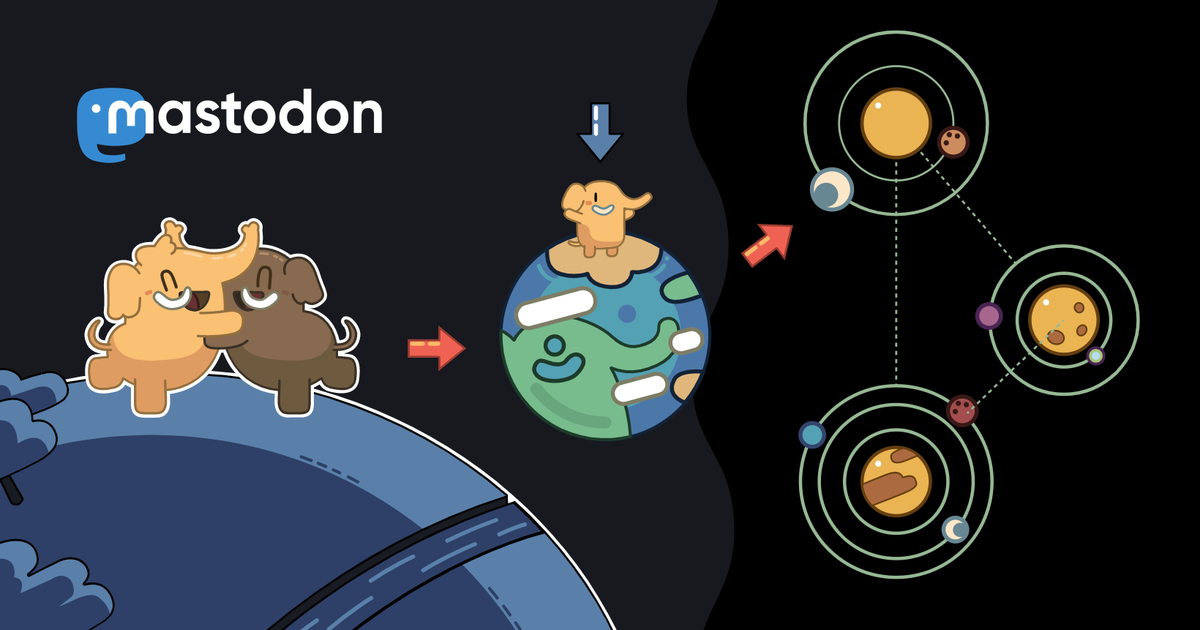Alexander Rolwes hat am 16. Juni 2025 seine Dissertation mit dem Titel "Geovisuelle Ansätze zur Analyse von Raum-Zeit-Zusammenhängen in urbanen Anwendungsfällen" erfolgreich verteidigt. Dazu gratulieren wir ihm sehr herzlich!
https://i3mainz.hs-mainz.de/news/2025/06/20/erfolgreich-promoviert-herzlichen-gluckwunsch-alex.html
#mobilität #VisualAnalytics #HochschuleMainz #HochschuleRheinMain #Geoanalyse
#Erreichbarkeitsanalyse #Öffnungszeitenanalyse #Attraktivitätsanalyse
